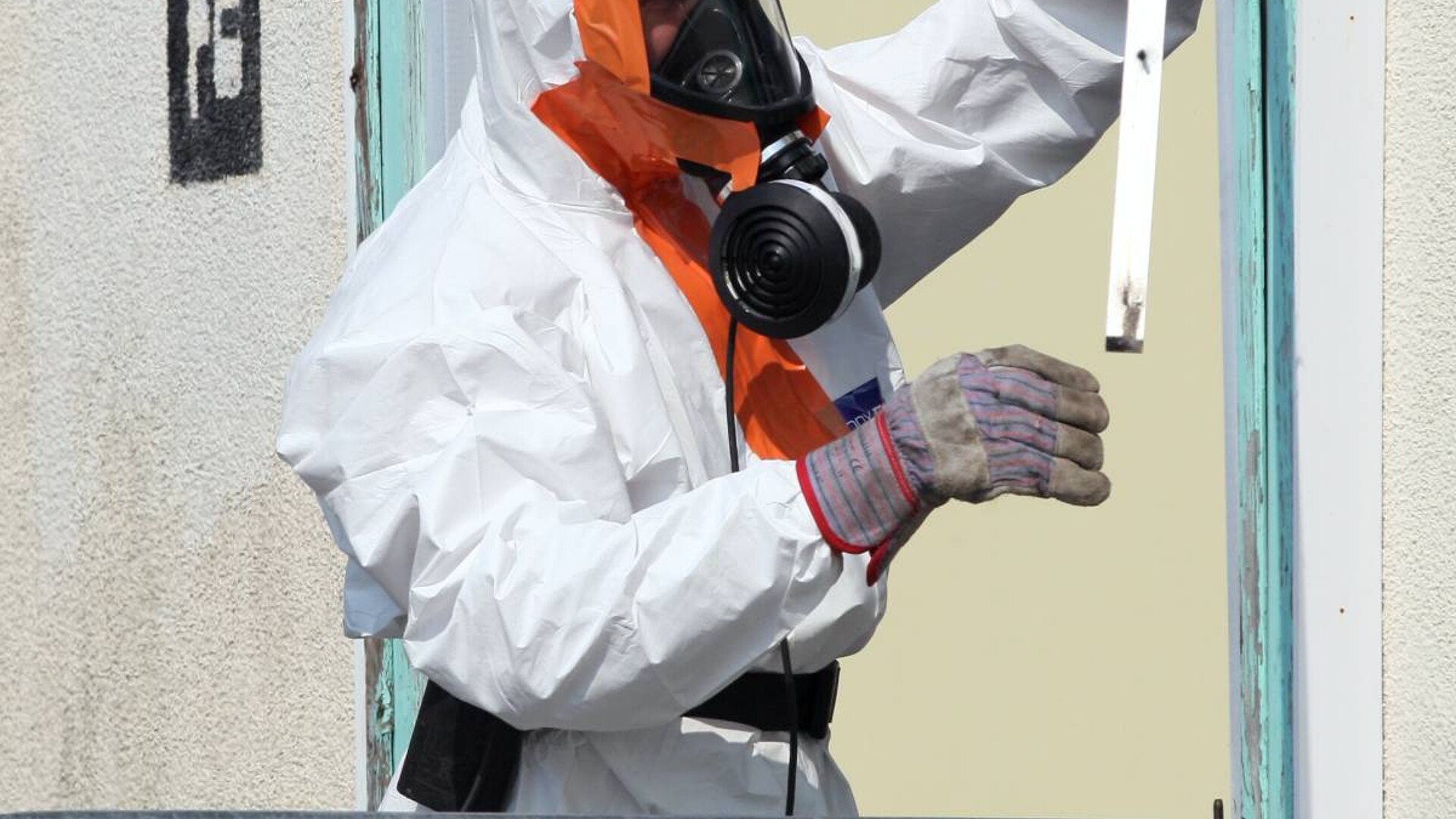Preserving historical buildings is a vital aspect of conserving our cultural heritage. However, many of these structures contain asbestos, presenting a challenge in maintaining safety while preserving historical integrity. The removal of asbestos from historical buildings requires a delicate balance between safeguarding these treasures and ensuring the safety of occupants and workers involved in restoration or renovation projects.
Table of Contents
Understanding Asbestos in Historical Buildings
Asbestos, once widely used in construction for its fire-resistant and insulating properties, poses severe health risks when disturbed or deteriorated. Many historical buildings constructed before the harmful effects of asbestos were known contain materials such as insulation, flooring, or roofing that may contain asbestos fibers.
Importance of Preserving Historical Buildings
Historical buildings hold cultural, architectural, and historical significance, offering a glimpse into the past. Preserving these structures helps maintain a connection to our heritage, educates future generations, and contributes to the cultural identity of communities.
Challenges in Asbestos Removal from Historical Buildings
Preserving the historical integrity during asbestos removal is a multifaceted challenge that demands meticulous attention to various aspects:
Architectural Element Preservation: Historical structures frequently boast intricate designs and unique architectural elements. Safeguarding these features necessitates a careful approach during asbestos removal Vancouver. Delicate handling and precision are vital to prevent inadvertent damage or alteration to these invaluable components. Preservation experts and removal teams often collaborate closely to develop strategies that prioritize the protection of these elements.
Compliance Balancing Act: Balancing preservation guidelines with asbestos removal protocols is a complex task. Historical buildings are subject to stringent preservation regulations aimed at conserving their authenticity. Simultaneously, the safe removal of asbestos demands adherence to specific safety protocols to minimize health risks. Ensuring seamless compliance with both sets of guidelines requires a nuanced understanding of the historical significance and a keen eye on safety standards.
Structural Fragility Management: Older buildings frequently possess delicate structures that necessitate specialized handling during asbestos removal. Fragile materials, weakened foundations, or intricate architectural designs might complicate the removal process. Techniques tailored to the structural sensitivity of these buildings become imperative. Implementing innovative approaches and employing experts adept in handling such structures are fundamental to ensuring safety while preserving the building’s historical fabric.
In essence, the challenge lies in finding a delicate equilibrium between safeguarding the architectural heritage and executing asbestos removal safely and effectively. Collaboration between preservationists, asbestos removal specialists, and structural engineers becomes pivotal in navigating these challenges without compromising the historical integrity of these invaluable structures.
Best Practices for Asbestos Removal in Historical Buildings.
Comprehensive Asbestos Evaluation:
Conducting a comprehensive evaluation involves an exhaustive examination of the historical building. This encompasses detailed asbestos surveys and extensive testing utilizing advanced techniques to precisely pinpoint affected areas. The outcome of this meticulous assessment forms the basis for devising targeted strategies for asbestos removal.
Specialized Removal Techniques:
Implementing specialized techniques tailored to historical preservation is paramount. These methods prioritize the protection of architectural heritage while addressing asbestos concerns. Strategies like encapsulation or enclosure are employed, aiming to contain or encapsulate asbestos-containing materials, thus minimizing disruption to the historical elements within the building.
Preservation-Centric Approach:
A preservation-centric approach involves meticulous planning and precise execution. It entails creating comprehensive removal plans that meticulously outline steps to shield and safeguard historical components during the asbestos removal process. Special attention is given to preserving the architectural integrity by employing techniques that minimize disturbances to the building’s original structure and design.
Skilled and Trained Workforce:
An adept and well-trained workforce proficient in both asbestos removal and historical preservation is indispensable. These professionals possess a nuanced understanding of the historical significance of the building alongside expertise in handling asbestos. Their skills enable them to delicately navigate through the removal process, ensuring utmost care for the fragile structures while effectively managing asbestos removal.
Compliance with Regulations:
Achieving a delicate balance between adhering to preservation guidelines and meeting stringent asbestos removal regulations is crucial. It necessitates a thorough understanding of safety protocols and heritage conservation standards. Compliance efforts focus on meticulously following regulations without compromising the historical value, thus ensuring the safety of both the building and its occupants.
By meticulously following these best practices, asbestos removal in historical buildings can be conducted in a manner that prioritizes both the safety of occupants and the preservation of the building’s rich historical legacy.
Future Outlook and Conclusion
The future of asbestos removal in historical buildings lies in continued advancements in preservation-friendly removal methods and increased awareness of heritage conservation. Collaborative efforts between preservationists, restoration experts, and asbestos removal specialists will play a pivotal role in ensuring the safe removal of asbestos while preserving the unique historical character of these cherished buildings. By carefully navigating these challenges with preservation-focused approaches, we can protect our heritage while maintaining a commitment to safety and conservation.

